
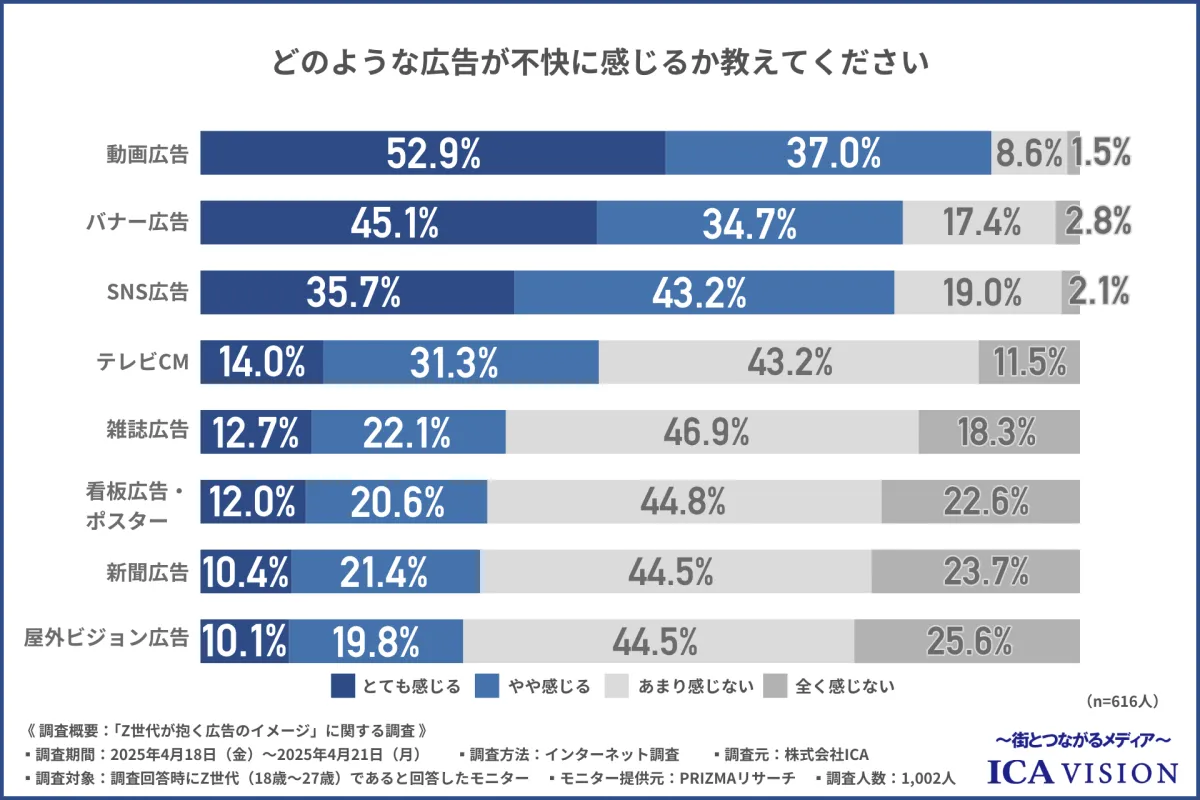
Understanding Gen Z's Reactions to Ads: Insights from ICA's Recent Survey
Understanding Gen Z's Reactions to Ads
Introduction
In a rapidly evolving digital landscape, the perceptions of Generation Z (ages 18-27) towards advertisements are increasingly crucial for marketers. A recent survey conducted by ICA, a company based in Shizuoka Prefecture, aimed to investigate how this generation views ads. The following details encapsulate the findings, highlighting the unique attitudes of Gen Z towards various advertising methods, particularly in the realm of digital and outdoor media.
Survey Overview
The survey ran from April 18 to April 21, 2025, involving 1,002 participants who identified as Gen Z. Utilizing the PRIZMA platform for online research, ICA sought to understand the general impressions Gen Z holds about advertisements they frequently encounter.
Key Findings: Disruption Over Engagement
When asked about the types of ads they commonly see, 71.6% pointed to social media ads, particularly on platforms like Instagram, X, and TikTok. This was followed by video ads (50.9%) and television commercials (37.0%). Notably, these responses indicate a strong preference for visually driven advertising, reflecting Gen Z’s engagement with image and sound-rich media content.
However, the impression of these ads was significantly negative. A striking 45.5% described them as intrusive, interrupting content enjoyment. Moreover, 25.2% found the ads to be one-sided and untrustworthy, while 21.4% felt they exaggerated their offerings. These sentiments underscore an intrinsic resistance to conventional advertising formats among Gen Z, who predominantly perceive ads as hindrances rather than enhancements to their media consumption experience.
Displeasure with Different Ad Types
Further analysis into the types of ads considered unpleasant revealed alarming statistics:
- - Video Ads: 89.9% found them irritating, often due to interruptions during viewing.
- - Banner Ads: 79.8% reported discomfort.
- - Social Media Ads: 78.9% felt similarly annoyed.
- - Over half the participants also expressed dissatisfaction with television commercials (45.3%) and magazine advertisements (34.8%).
This indicates a clear trend where digital ads, especially those that interrupt viewing experiences, elicit stronger negative reactions compared to traditional formats like outdoor advertisements.
Avoiding Ads: Skipping and Subscriptions
In light of their aversion to ads, Gen Z’s coping strategies are quite telling. A significant 43.7% admitted to instantly skipping or closing ads when they appear. Others indicated they switch screens (19.6%) or even invest in paid plans to avoid ads altogether (10.3%). This behavior reflects the ingrained perception among Gen Z that advertising should be dodged whenever possible.
Interestingly, while digital ads often face rejection, outdoor visions, like those provided by ICA Vision, are viewed more positively. About 70% of respondents do not find outdoor advertising unpleasant, indicating that the setting plays a critical role in shaping perceptions.
Outdoor Visions: A Break from the Norm
When assessing outdoor vision ads, participants noted they are often perceived as stunning and attention-grabbing. About 32.1% of respondents found them impressive due to their visibility and scale. Additionally, many felt that these ads are trustworthy and convey a sense of public interest—a stark contrast to their feelings about online ads.
Key Insights Include:
1. Visibility and Publicity: Outdoor ads provide a sense of credibility because they can be seen by everyone, heightening the expectation of accuracy.
2. Experience Integration: These ads tend to blend seamlessly with urban environments, transforming advertising from a mere commercial effort into a genuine urban experience.
Impact on Brand Perception
Furthermore, the survey revealed that nearly half of Gen Z believes that advertising impressions influence their perception of the brands concerned. Many felt that high-quality and trustworthy ads enhance the credibility of the companies they represent. This emphasizes the need for brands to align advertising quality with their broader corporate image.
Conclusion: A Shift in Advertising Strategies
The findings from ICA's survey illustrate that while Gen Z exhibits a marked dislike for disruptive advertising formats commonly found online, they respond more favorably to non-disruptive outdoor visions. Advertisers should note this fundamental distinction—producing ads that enhance rather than inhibit user experiences is vital. In light of these findings, the design of advertisements that embrace Gen Z's preferences will be crucial for future marketing strategies, aligning brand messages with their values in an increasingly digital world.
As companies adjust their approaches to advertising, tools like ICA Vision stand out by effectively capturing the attention of audiences without the unwelcome interruptions prevalent in traditional digital ads, offering a compelling alternative for engaging today’s consumers.
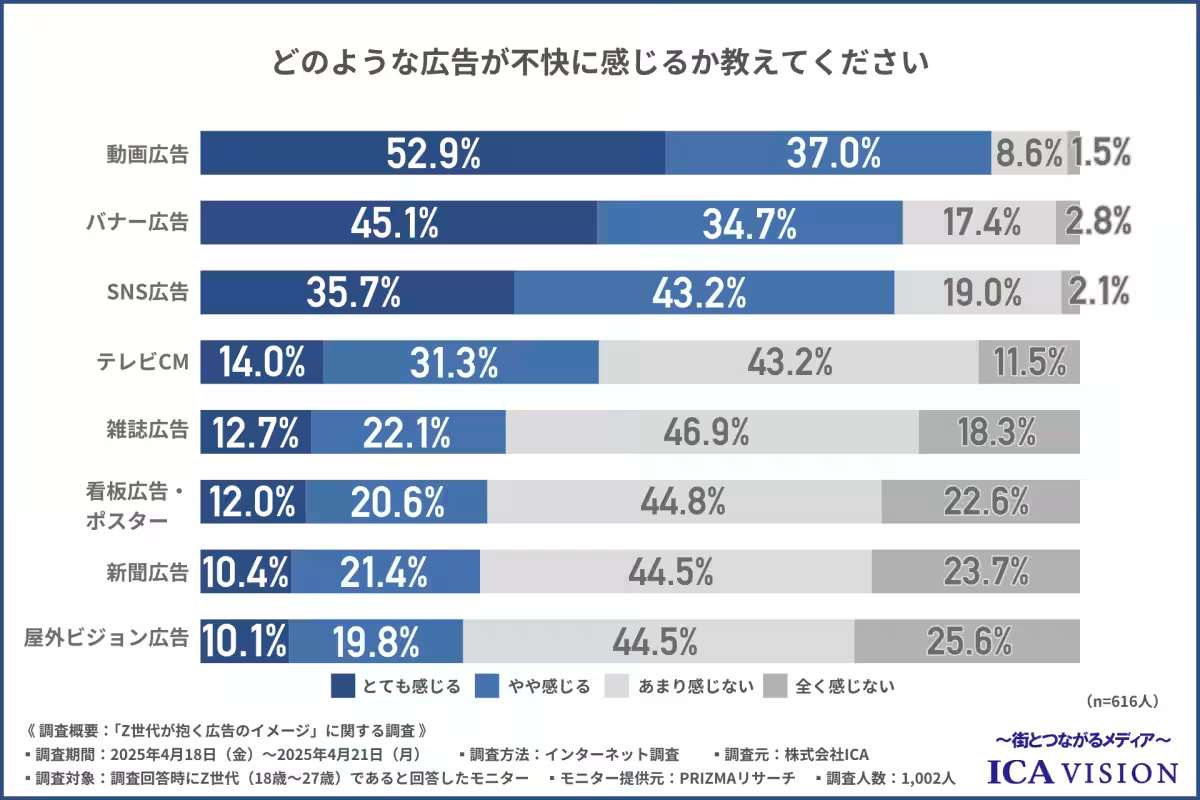
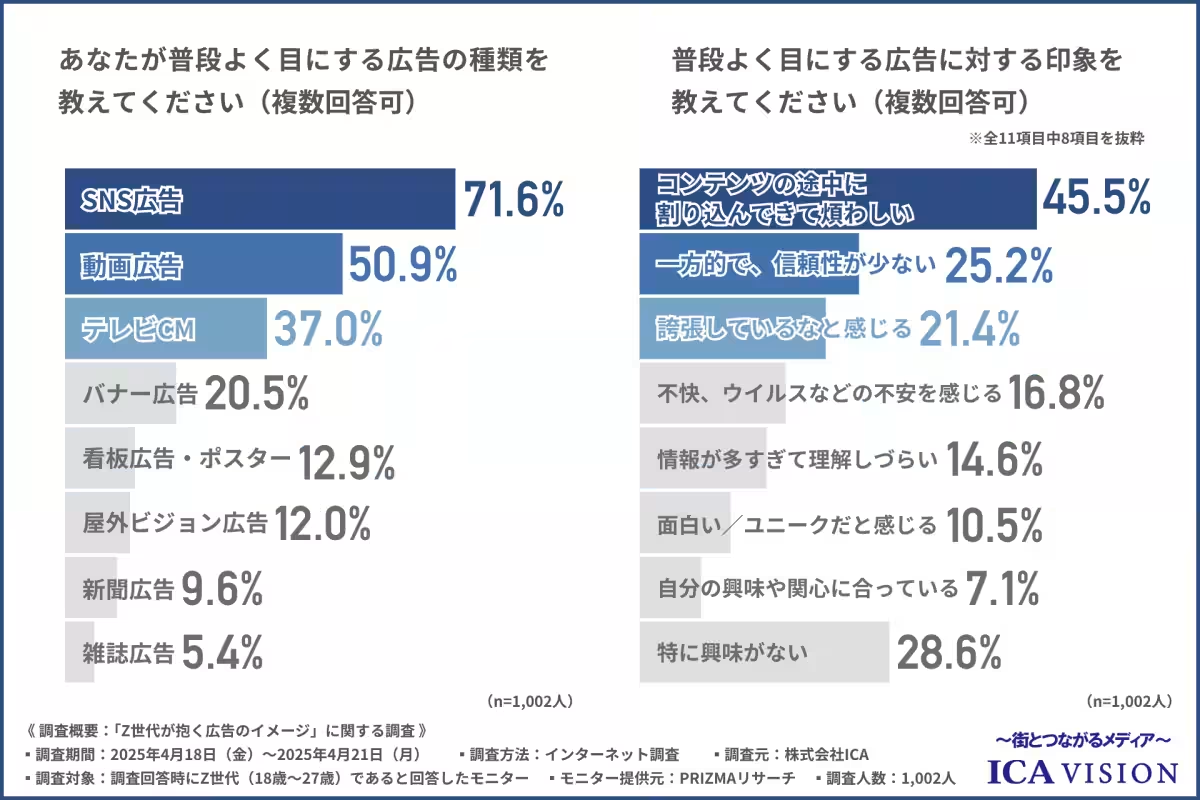
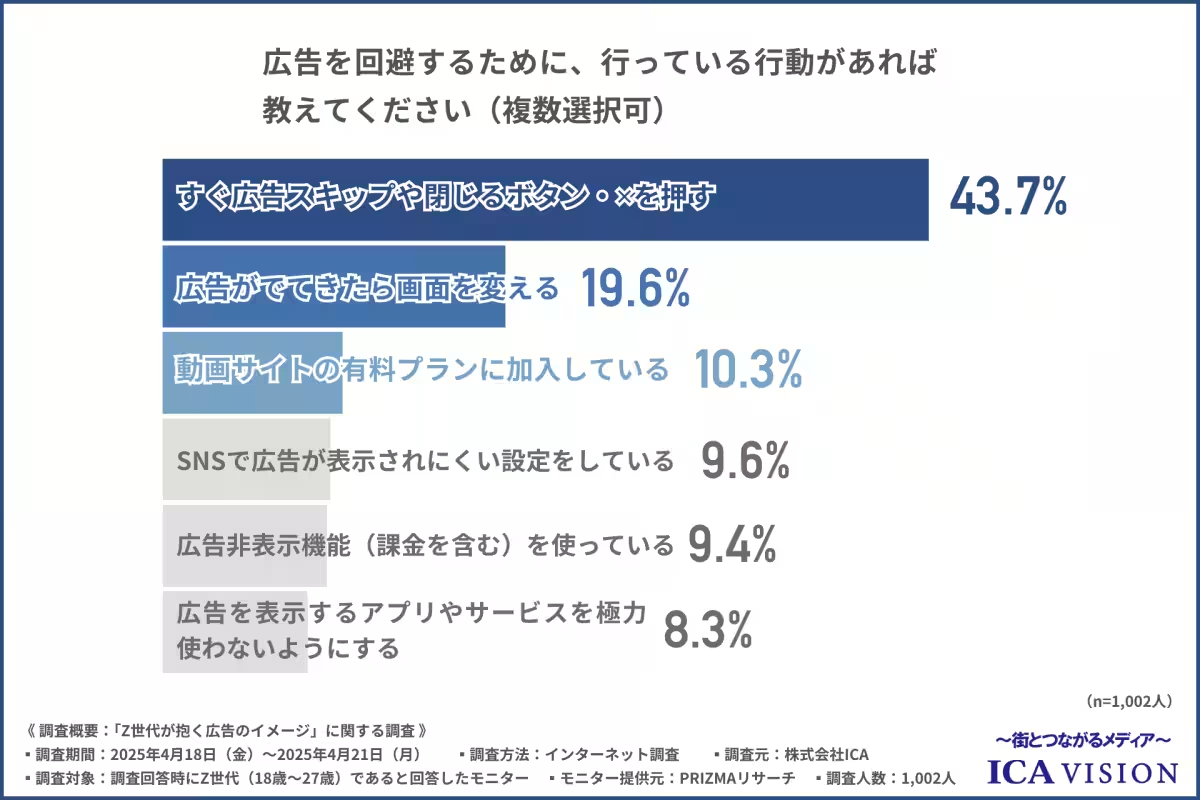
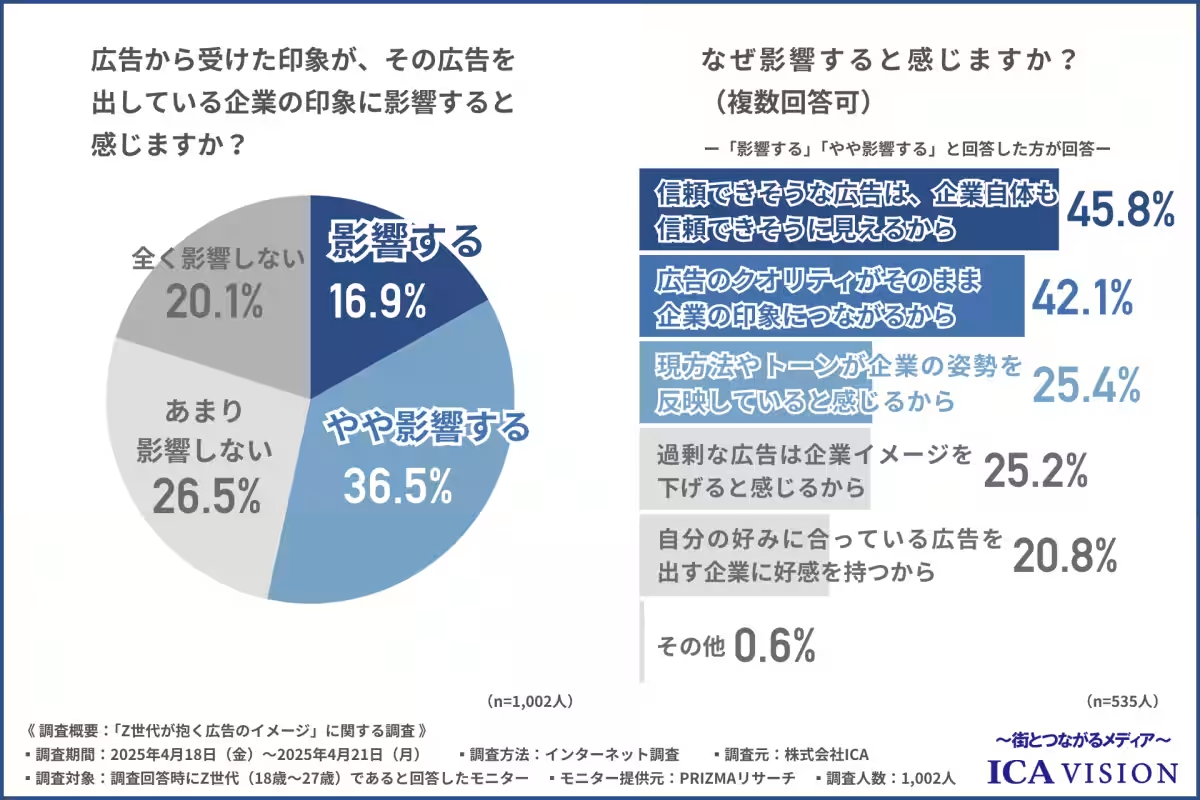
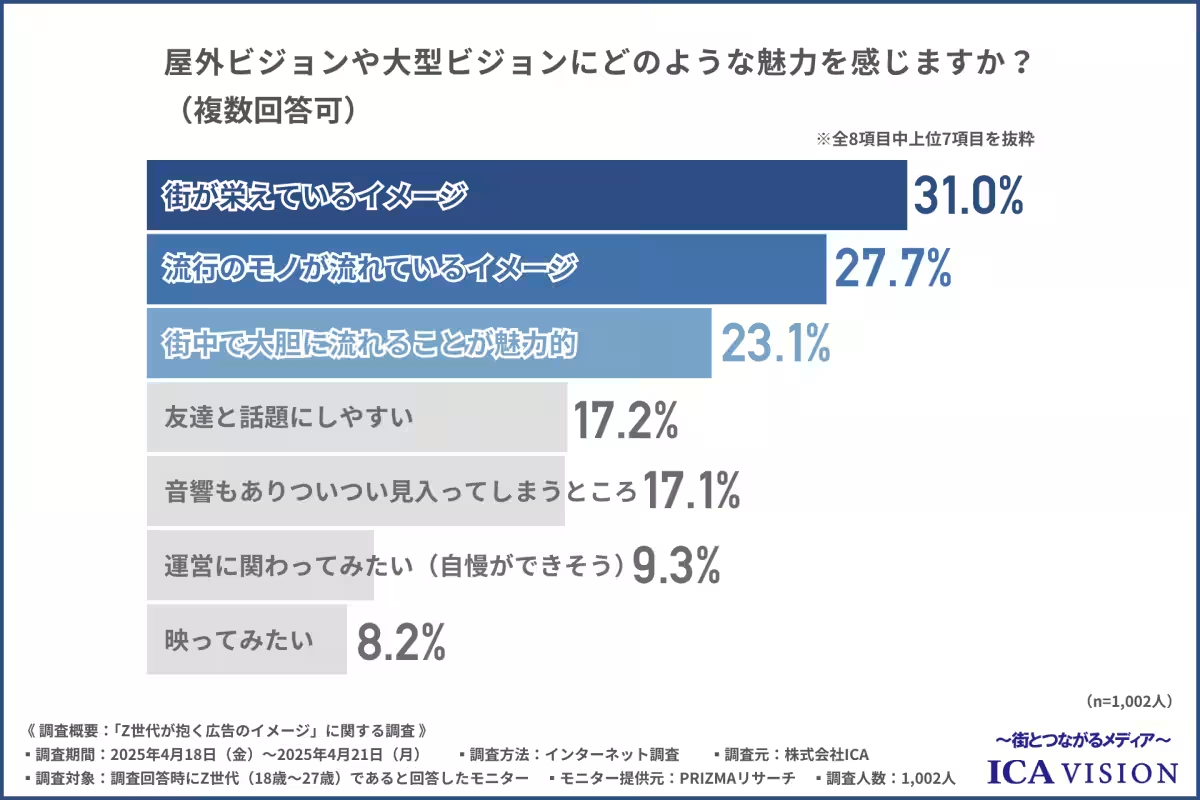





Topics Consumer Products & Retail)










【About Using Articles】
You can freely use the title and article content by linking to the page where the article is posted.
※ Images cannot be used.
【About Links】
Links are free to use.